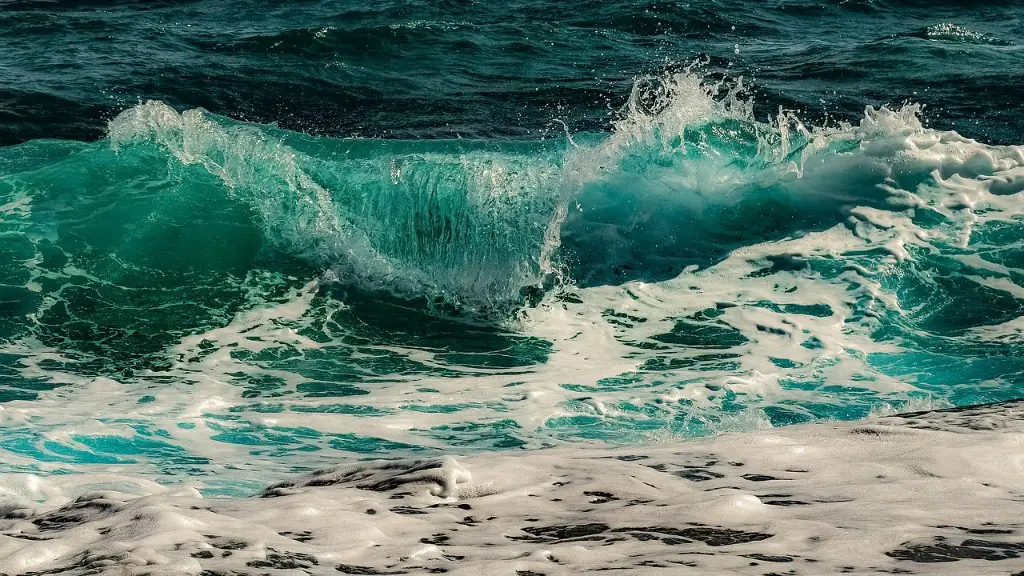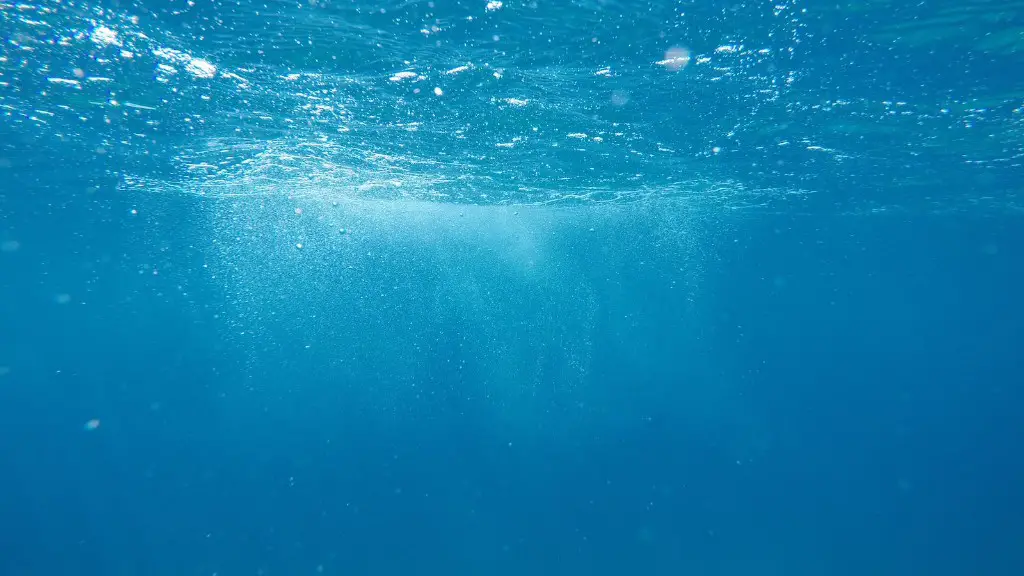The South China Sea, bordered by mainland China, the Philippines, Vietnam, and other Southeast Asian nations, is an area of tremendous maritime importance and frequent geopolitical conflict. In recent years, the Association of Southeast Asian Nations (ASEAN) has been instrumental in attempting to resolve the disputes between its member countries over the South China Sea.
The waters of the South China Sea are amongst the busiest in the world and are rich in resources. The presence of oil and natural gas deposits, along with fishing grounds and strategic importance, have made it a source of constant conflict amongst claimants. In 2009, under the auspices of ASEAN and the member countries, negotiations to try and find a peaceful resolution known as the ASEAN-China Declaration on Conduct of Parties in the South China Sea were set in motion.
The Chinese government, however, has refused to commit to any framework or treaty and has instead sought to advance its position in the region through aggressive tactics such as militarization and island-building. In 2016, a UN tribunal ruled in favour of the Philippines regarding disputed islands in the South China Sea and declared that China had no legal basis to their claims. This ruling, however, was rejected by China and has been largely ignored by ASEAN.
The inability of ASEAN to enforce the tribunal’s judgement and adequately stand up to China has complicated the situation further. While ASEAN has spoken out against China’s actions in the region, it has also been careful to tread lightly in order to maintain positive relations with the superpower. The refusal of certain ASEAN countries to take a strong stance against China’s aggression has been a source of tension amongst the members.
In contrast, other ASEAN countries have emerged as stronger allies in the struggle against China’s encroachment in the South China Sea. Vietnam has been particularly active in leading the regional struggle and taking an forceful stance against China, while Malaysia, Indonesia and Thailand have all played a role in increasing regional solidarity against China’s actions.
ASEAN has also sought to collaborate with world powers such as the United States, Australia, and Japan to find a peaceful resolution to the situation in the South China Sea. These countries have a vested interest in maintaining freedom of navigation and access to resources in the area, and have increasingly set up a series of naval exercises and joint patrols in the region.
Despite these efforts, the reality on the ground remains largely unchanged. China has continued to push ahead with its militarization of the region, and ASEAN has been largely powerless to prevent it. Consequently, the South China Sea remains a source of perpetual tension, and ASEAN’s role in resolving the situation remains unclear.
The maritime disputes in the South China Sea have had a significant economic impact on the region. With much of the shipping routes, fishing grounds and natural resources located in contested areas, ASEAN’s access to these resources has been severely limited. The trade disputes between China and other members of the group – particularly over the issue of the South China Sea – have caused severe economic disruption in the region. This has led to a decrease in the economic growth of the region overall, with certain countries being disproportionately impacted by the disputes.
ASEAN countries have been forced to make significant investments in their respective armed forces in response to the increased militarization of the South China Sea, causing an additional strain on their resources. Furthermore, the standoff between the claimants has caused disruptions in international trade, as vessels have been forced to take alternate routes due to Chinese presence in the disputed waters.
These economic impacts have further complicated the situation in the South China Sea, with each claimant taking a greater interest in protecting its own interests. This has led to an increase in regional tensions, with ASEAN struggling to maintain constructive dialogue between its members.
In spite of ASEAN’s efforts, the role of international communities such as the United Nations and other world powers has been crucial in attempting to find a peaceful resolution to the situation in the South China Sea. These countries have had a vested interest in protecting their economic, diplomatic and strategic interests in the region, and have actively sought to promote a peaceful solution.
In addition, the international community has backed up ASEAN’s call for a diplomatic and non-military resolution to the situation. The implementation of sanctions and other punitive measures by the United Nations and other organisations, along with the increasingly vocal stance of the international community, has put pressure on the claimants.
The United States, in particular, has been a strong supporter of bringing the claimants together to find a peaceful solution. The US has also sought to engage ASEAN and its member states through multiple military exercises and diplomatic outreach, in order to strengthen the unity of the group as well as its ability to stand up for its interests in the region.
Despite this assistance, the international community has largely been ineffective in pushing China to adhere to the judgement of the UN tribunal. However, their involvement has been an invaluable contribution in promoting dialogue, economic peace and stability in the South China Sea.
The conflict in the South China Sea has major implications for the entire region, not only in terms of the economic impact, but also in terms of the cultural impact.
The disputes in the South China Sea have highlighted the differences between the cultures and perspectives of the various claimants and have widened the political rift between them. This has further complicated the issue, as each group has its own distinct interests that need to be taken into account in order to find a viable compromise.
In addition, the disputes have highlighted the different strategies that ASEAN and its members have employed in their attempt to balance regional stability against their own interests. ASEAN countries have sought to use diplomacy and dialogue as the primary means of resolving the situation, while other countries, notably Vietnam, have taken a more combative approach.
The South China Sea also remains an enormous source of tension in the region, as competing claims continue to be unresolved. The failure of ASEAN to reach a consensus on the issue has been a considerable contributing factor to this, as the inability of the members to work together has prevented them from effectively standing up for their interests in the face of Chinese aggression.
The dispute in the South China Sea will continue to impact the region in the future. ASEAN’s role as a mediator in the region remains unquestioned and its attempts to find a peaceful resolution to the conflict have, and continue to be, pivotal in achieving a balance in the region.
However, the unity of ASEAN, as well as the resolve of its member states to protect their interests, will be put to the test in the coming years. China’s increasingly strong foothold in the region means that it is likely to become more assertive in promoting its interests in the area, and it remains to be seen how ASEAN and its members will respond.
Given the current political and economic climate, it is difficult to predict the future trajectory of the South China Sea dispute. However, one thing is certain: ASEAN will continue to be a major player in seeking a viable resolution to the conflict and the future of the South China Sea will be determined by the actions it takes.





